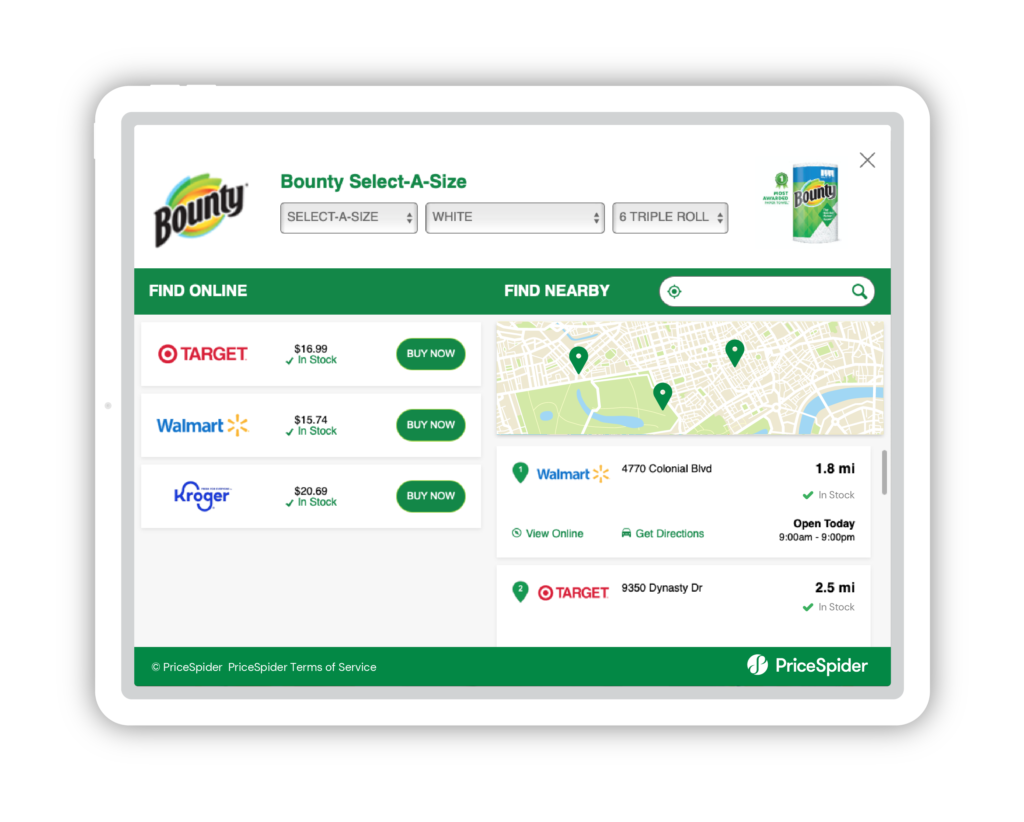Whenever I hear the word transformation, my 8-year-old self can’t help but be overcome with the soothing voice of Optimus Prime. I’m transported back to my parent’s bright gold crushed velvet couch in 1987, “Do Not Forget What You Have Learned Of Our Past, Rodimus. From Its Lessons, The Future Is Forged.”
As it’s told in the stories, Optimus Prime was wise and had fought for untold millennia against the Decepticons, and his accumulated knowledge inside the Matrix gave him even greater insight into the far-reaching implications of history, and the necessity of analyzing and learning from past mistakes. Through this experience and wisdom, if there’s a name that’s fitting in both metaphor and physicality, Transformers is pretty spot on. The Autobots were a fictional species that understood the importance of observing and learning from the past and the need to evolve and transform to ensure a brighter future.
Over the last several years, consumer shopping behavior has changed dramatically. Ecommerce has continued to grow in popularity and take new forms—retail apps, social commerce, augmented reality, and more. But brick-and-mortar stores still play a critical role in sales and fulfillment, and the way consumers use store locations is changing, too.
In the early days of ecommerce, some argued that online shopping was a fad that would never be on equal footing with brick-and-mortar. More recently, some have tried to suggest that brick-and-mortar stores are a dying breed. The reality is that both digital and physical storefronts are a crucial part of commerce. Increasingly, we live in an omnichannel world, where consumers seamlessly transition from offline to online channels, and vice versa.
Virtually every industry is in an ongoing process of digital transformation. And in the omnichannel reality of retail, digital transformation is essential for the survival of brands and retailers alike.
Omnichannel retail and digital transformation
In the context of omnichannel retail, digital transformation doesn’t simply require brands and retailers to adopt new tools—it’s a complete shift in mindset. As ecommerce has continued to take a larger slice of the pie, it’s been easy to treat these channels as though they’re in conflict. But to the consumer, they’re all part of one experience. And that’s how brands need to think about them, too.
Consumers have embraced a far wider range of digital shopping solutions and experiences, and brands and retailers need to consider how each of these components helps increase convenience, meet customers’ needs, and support the customer journey.
Here are some of the shifts digital transformation is bringing to omnichannel retail.
Embracing cross-channel solutions
Brick-and-mortar and ecommerce have their own strengths and weaknesses. And instead of pitting these channels against each other, retail brands need to embrace the ways they complement one another.
For example, while people tend to start their product research online, for some more expensive products (like consumer electronics, furniture, or appliances), people frequently want to see and compare their options in person, where they can talk to an expert. This makes store locator software like Where to Buy a key cross-channel solution.
And while brick-and-mortar stores are great for seeing and interacting with products in person, every store has limited display space. In most product categories, a physical store simply can’t offer the same selection of products consumers can find online. If a store doesn’t have the style, material, size, color, or configuration someone wants, they need to head to another store or look online—unless the brick-and-mortar store has an endless aisle.
Whether it’s a self-serve kiosk or an associate’s computer, an endless aisle is a cross-channel solution that lets stores offer a greater selection than they can physically display, retaining more sales that they would otherwise lose. Brands can partner with retailers to offer more of their catalog through these solutions without asking a retailer to keep less popular inventory on hand.
Seeing showrooming and webrooming as part of the experience
Showrooming is when consumers visit a brick-and-mortar store to browse products in person, ask questions, compare options, and then buy what they want online, where they can often find a better deal. Webrooming is the opposite, where consumers begin their research online but ultimately buy from a physical store—typically to avoid waiting for shipping.
In the past, brick-and-mortar stores, in particular, have found these omnichannel experiences to be problematic. But digital transformation should lead brands and retailers to see that the role their channels play in the shopping experience has value. And even if some consumers only turn to them for the initial research, they’re coming to rely on your brand through exposure to you and your catalog. So rather than resisting these stages of the customer journey, they need to embrace them as norms of omnichannel retail.
Recognizing that omnichannel fulfillment options are here to stay
Purchasing methods like buy online, pickup in store (BOPIS), curbside pickup, and click and collect have been around for years, but it’s no secret that the COVID-19 accelerated their adoption. These alternative fulfillment options let customers buy from one channel but receive their purchase through another.
While some brands and retailers treated these options as temporary solutions, they’ve become normalized, and they’re always going to be more convenient for some customers. These options aren’t going away, and brands that want to compete in this omnichannel world need to embrace this aspect of digital transformation.
Understanding that “convenience” is unique to the customer
In ecommerce, a lot of energy and thought goes into reducing clicks and eliminating barriers, taking a minimalist approach to the checkout experience. But the problem is that this can easily eliminate a customer’s desired path to purchase. You’re forcing them to choose an experience that may not align with their preferences.
As brands continue the process of digital transformation, they need solutions that empower consumers to choose what’s most convenient for them, rather toward the option that the brand prefers. From a single product page, consumers should have convenient access to that same product on the retail sites they already use (where their account information is saved and they have the perks they want), as well as information about alternative fulfillment options like BOPIS and curbside pickup.
This is one of the many reasons why thousands of brands, including leaders like P&G, GE, Sony, Nestle, and Unilever, turn to Where to Buy. Where to Buy gives customers access to the most convenient choices for them with a single click, providing a customizable experience on every product page.

Lean into omnichannel digital transformation with Where to Buy
Where to Buy lets brands control which options customers see, and frees customers to choose their preferred path to purchase. Without leaving your product page, they can even compare pricing, ratings, stock availability, and configurations.
Want to see how Where to Buy helps you lean into digital transformation?
Talk to an Expert About Where to Buy today.

